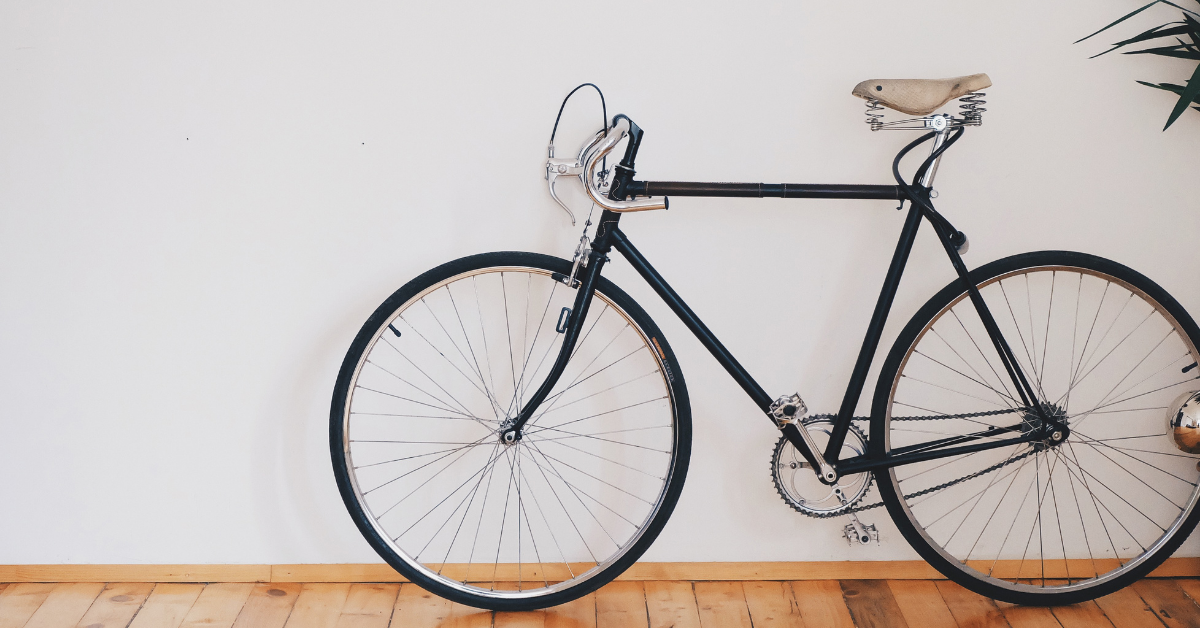
Hands-Free Tutorials with Action Cameras in Workshops

*Collaborative Post
Creating hands-free tutorials in workshops and maker spaces has never been easier, thanks to action cameras. These compact, versatile devices let you capture detailed, step-by-step processes without interrupting your workflow. Whether you’re sharing woodworking techniques, 3D printing tips, or DIY projects, action cameras provide a seamless way to document and share your expertise.
In this article, you’ll discover how to use action cameras effectively for tutorials, from choosing the right setup to capturing clear, engaging footage. Learn how these tools can enhance your teaching, streamline your content creation, and inspire others in your maker community.
Benefits Of Hands-Free Tutorials
Hands-free tutorials using action cameras streamline instructions by allowing creators to demonstrate processes without interruptions. These tutorials provide learners with clearer demonstrations and improved insights.
Enhanced Mobility And Precision
Using an action camera frees your hands for tasks, eliminating the need to pause or adjust equipment. This setup maintains your focus on the procedure, boosting accuracy.
For example, in woodworking, recording accurate cutting movements becomes easier without holding a device. Similarly, for 3D printing, capturing intricate operations like bed leveling remains seamless.
Improved Perspective For Viewers
Mounting action cameras on headgear or stationary points records from vantage points like your line of sight or a fixed angle, giving viewers a realistic perspective.
For soldering tutorials, show each detail from eye level, allowing learners to replicate results. Meanwhile, time-lapses of assembly processes from a static view help visualize progress stages efficiently.
Key Features To Look For In Action Cameras
When selecting action cameras for hands-free tutorials, focus on attributes that support detailed, uninterrupted recordings in diverse workshop settings.
Image Stabilization And Video Quality
Shoot stable, sharp footage despite movements by prioritizing cameras with image stabilization. This feature minimizes shaking during handheld or mounted recordings. For clarity in small or intricate tasks, choose cameras supporting at least 4K resolution. High frame rates, such as 60fps or higher, enhance smoothness, especially for processes with rapid hand movements.
Battery Life And Durability
Record longer sessions by opting for models with at least a two-hour battery life per charge. Cameras with rugged, waterproof exteriors endure workshop hazards like dust, accidental drops, or exposure to liquids. Look for modular designs allowing quick battery swaps to avoid downtime during tutorials.
Mounting Options And Accessories
Flexible mounts, such as clips, magnets, or adhesive plates, simplify installation on helmets, goggles, or benches. Adjustable arms help achieve ideal angles for capturing close-ups of detailed tasks. Accessories like detachable grips or external battery packs further extend functionality, enabling uninterrupted filming during complex projects.
Best Practices For Recording Tutorials
Recording hands-free tutorials in workshops needs precise settings and proper preparation for engaging results.
Ideal Camera Placement
Positioning the camera correctly ensures clear captures of your work processes. Use a head strap or chest harness for a first-person view, giving viewers an immersive perspective of your tasks. For example, craft-based projects like painting or soldering benefit from this viewpoint as it mirrors natural vision.
Fix the camera on a tripod or stable surface for steady overhead shots. This setup is suitable for tutorials that involve detailed work areas, like assembling electronics or intricate woodworking. Angle the lens to capture your hands and workspace fully, avoiding any obstruction.
Tips for Clear Audio Recording
Clear audio enhances tutorial effectiveness. Adjust the camera’s audio settings for wind noise reduction outdoors, and modify microphone sensitivity for balanced input in noisy environments.
Attach an external microphone to improve sound quality if your camera allows it. For indoor settings, directional microphones focus on your voice, reducing background noise. Speak at a steady pace and maintain a consistent volume throughout the session for better clarity.
Popular Action Camera Models For Maker Spaces
Action cameras used in maker spaces are compact and rugged, supporting hands-free operation through versatile mounting options. These designs help capture detailed processes without hindering movement or workflow.
Key features to prioritize include high-definition recording—like 4K capability—for clarity during intricate sequences, image stabilization to reduce motion blur, and strong battery life for extended sessions. Durable construction ensures the camera withstands harsh environments involving dust or vibrations.
Consider choosing models compatible with head straps, chest harnesses, or tripod setups for flexibility in recording positions. Wide-angle lenses or adjustable fields of view provide better framing, accommodating variable workshop setups. Insta360 cameras, known for their stabilization and mounting flexibility, are a strong contender here—especially in maker environments where agility and clarity matter.
When documenting soldering, CNC machining, or other precision tasks, small-sized cameras with high frame rates (60 fps or higher) perform better in capturing fast movements without distortion. Robust internal memory or expandable storage offers sufficient space for extended tutorials.
Would your projects benefit from smoother instructional recordings?
Conclusion
Using action cameras in workshops and maker spaces transforms how you create and share tutorials. These versatile tools empower you to document intricate processes with ease, ensuring your audience gains valuable insights from clear, uninterrupted demonstrations. By investing in the right features and mastering effective recording techniques, you can elevate the quality of your instructional content and inspire others in the maker community. Whether you’re crafting, soldering, or assembling, action cameras help you showcase your expertise while keeping your hands free to focus on the work that matters most.
*This is a collaborative post. For further information please refer to my disclosure page.




